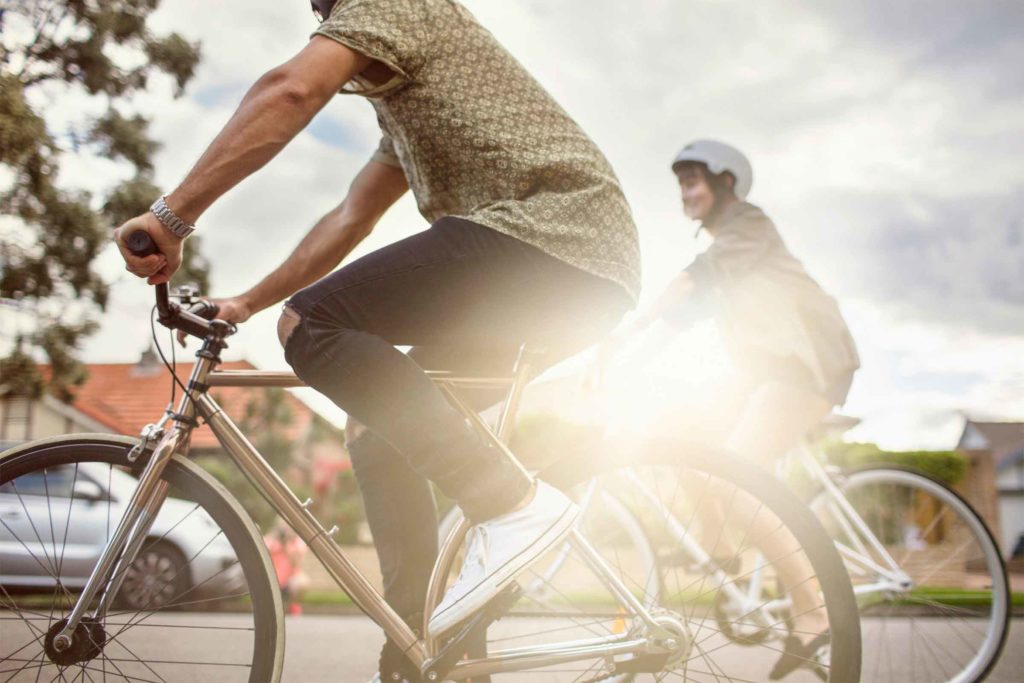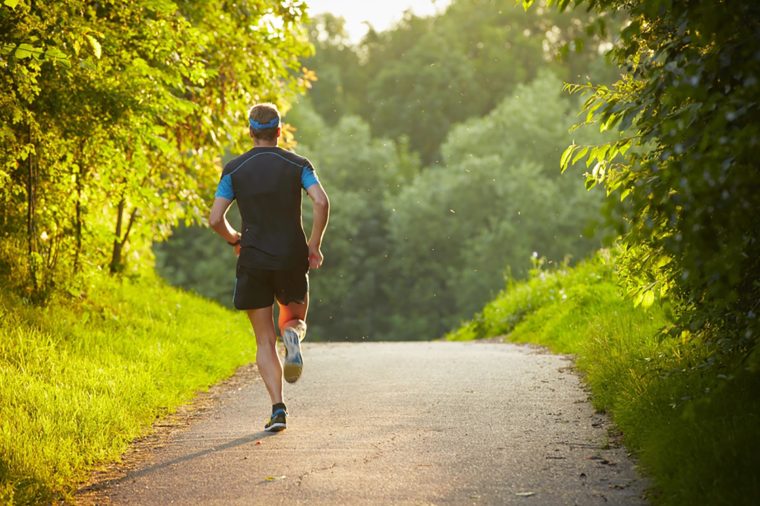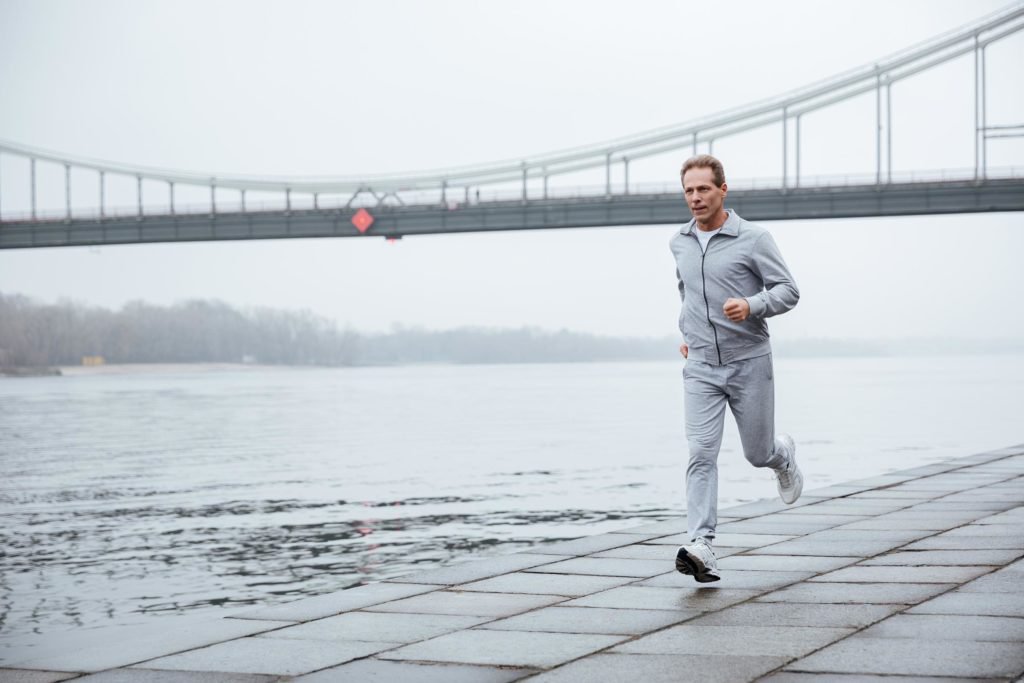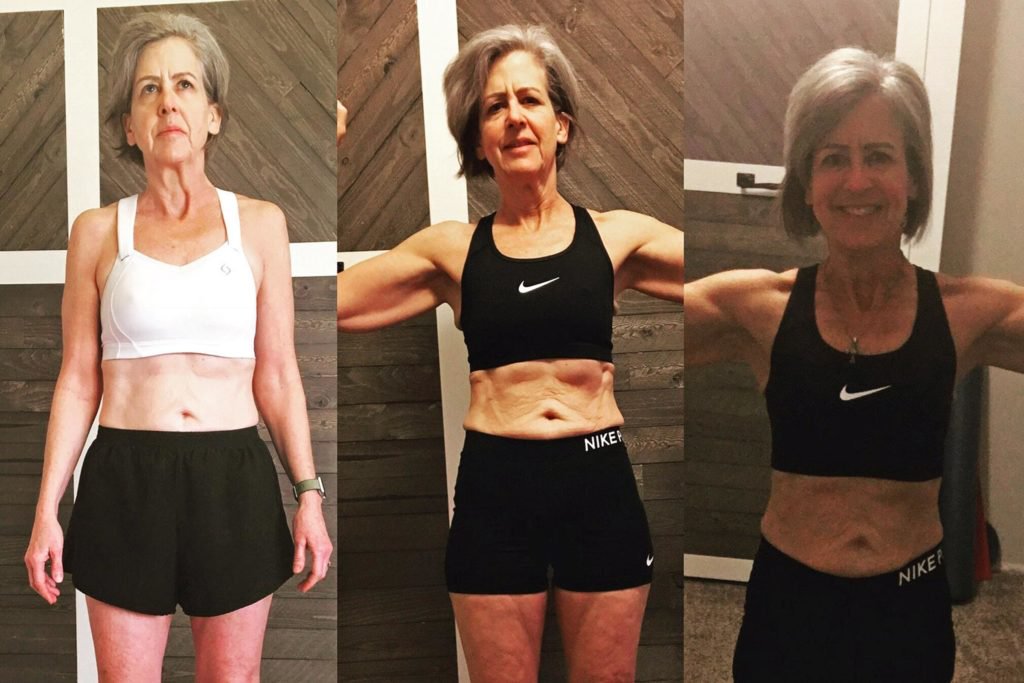Whatever your age, staying active is super-important, not just for weight control but also for these health benefits. For older adults, regular physical activity can prevent many of the health problems that seem to come with age. The Centers for Disease Control and Prevention recommend that older adults get at least 300 minutes a week of moderate-intensity activity or 150 minutes a week of vigorous-intensity activity, in either case, including aerobic exercise.
Unfortunately, the best exercise intentions are sometimes met by the most inconvenient of reality checks. For example, icky weather (think: blistering heat, dreary drizzles, knee-deep snow conditions) can sideline even the most motivated movers. Luckily, a growing body of evidence suggests that dog ownership is associated with higher levels of physical activity in adults in all ages, and now a new study out of the United Kingdom has found that owning a dog may be exactly what older people, in particular, need to motivate past poor weather conditions.
The study, recently published in the Journal of Epidemiology and Community Health, was designed to investigate the role of dog ownership and dog walking as a means of supporting the maintenance of a regular program of physical activity in older adults, even during periods of inclement weather. Using data from existing research (the European Prospective Investigation into Cancer and Nutrition Norfolk), the researchers analyzed how many minutes each of 3,123 people spent engaged in physical versus sedentary activity (measured using step-counters) over a seven-day period. They then looked at the weather conditions corresponding to those days. Finally, the researchers looked at which of the participants were dog owners.
What they researchers found was that among the 18 percent who reported having a dog in their household, two-thirds walked their dogs at least once per day.
Here’s the part that was truly surprising, however: Regular dog walkers were more active and less sedentary on days with the poorest conditions than non-dog owners were on the days with the best conditions. On the days with the worst conditions, those who walked their dogs had a 20 percent higher activity levels than non-dog owners. The dog owners also spent 30 percent less time being sedentary on those worst-weather days. Using the data, the researchers concluded that “dog walking, where appropriate, can be a component of interventions to support physical activity in older adults.”
It’s true that dog ownership is not appropriate for all older adults, according to the study authors. “While older adults might have more free time, declines in health status or housing conditions can limit the ability of individuals to care for dogs in the household.” In fact, dog ownership decreased with age among study participants. The study authors suggest where dog ownership is not possible but functional status permits, “dog walking opportunities for older adults who do not own a dog could be [organized] by local community [organizations] or charities.”
The study authors also note that organized dog-walking may provide wider well-being benefits through increased social contact. Here are some facts that prove that having friends is ridiculously healthy for us.





